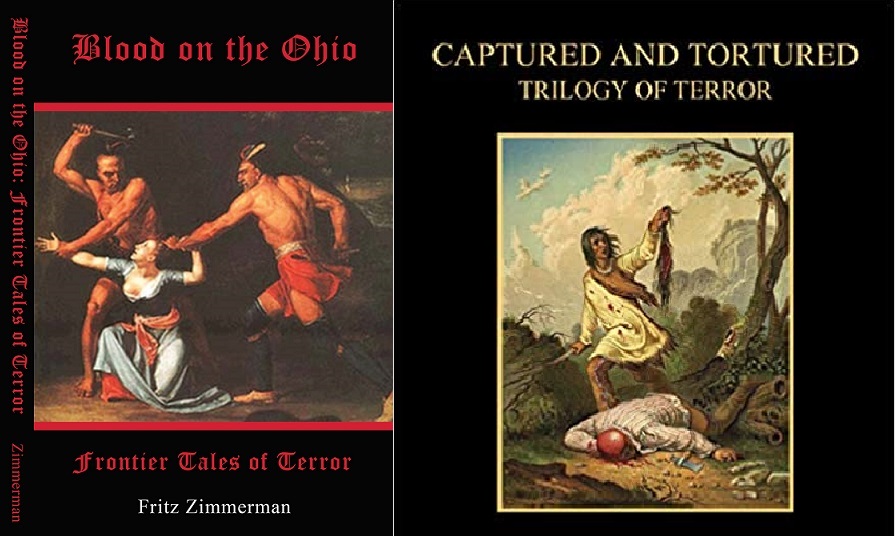Delaware Indians Accused of Being a Witch and Burned at the Stake at Present Day Muncie Indiana
20th Century History of Delaware County, Indiana 1908
Until recently it was supposed that the following incidents, as described by Dillon, took place in the Indian village which stood at the site of Yorktown: "An old Delaware chief, whose name was Tate-e-bock-o-she, through whose influence a treaty had been made with the Delawares in 1804, was accused of witchcraft, tried, condemned and tomahawked. His body was then consumed by fire. The wife of the old chief, his nephew, who was known by the name of Billy Patterson, and an aged Indian whose name was Joshua, were then accused of witchcraft and condemned to death. The two men were burnt at the stake; but the life of the wife of Tate-e-bock-o-she was saved by her brother, who suddenly approached her, took her by the hand, and, without meeting with any opposition from the Indians who were present, led her out of the council-house. He then immediately returned, and checked the growing influence of the Prophet by exclaiming, in a strong, earnest voice: 'The evil spirit has come among us, and we are killing each other.' " A comparison of the different authorities has led Judge Dunn (in an article in the Indianapolis News, March 17, 1906) to the conclusion that "Joshua was killed at the principal Delaware town, which was what the whites called Muncie- town and the Indians Woopicamikink or Wapecomekoke. This is commonly spoken of as being on the site of Muncie, but it was on the north side of the river, directly opposite where Muncie now stands. The traditional site of the mission [the old Moravian mission] where Tatapachkse [Tate-e-bock-o-she] was executed is the southeast quarter of section 17, range 8 east, township 19 north, the location of Little Munsee Town, ' ' in Madison County at the resort now known as ' ' Indian Mounds. ' ' Concerning the old Indian village on the north bank of the river at Muncie there is the following testimony by a pioneer, William Jackson: "The old Indian village and graveyard stood on the north bank of White River, a short distance to the westward of the bridge, on the Muncie and Granville Pike. When I came here many distinct features of the graveyard were still visible. The graves in many instances were surrounded with pens, or poles piled around them. Many skeletons were exhumed and a number of skulls have been preserved."


